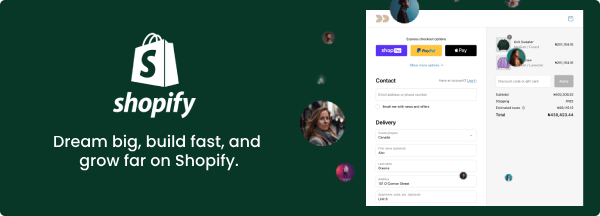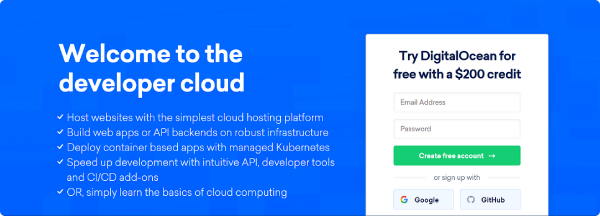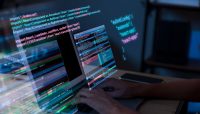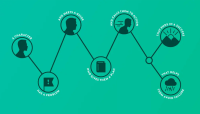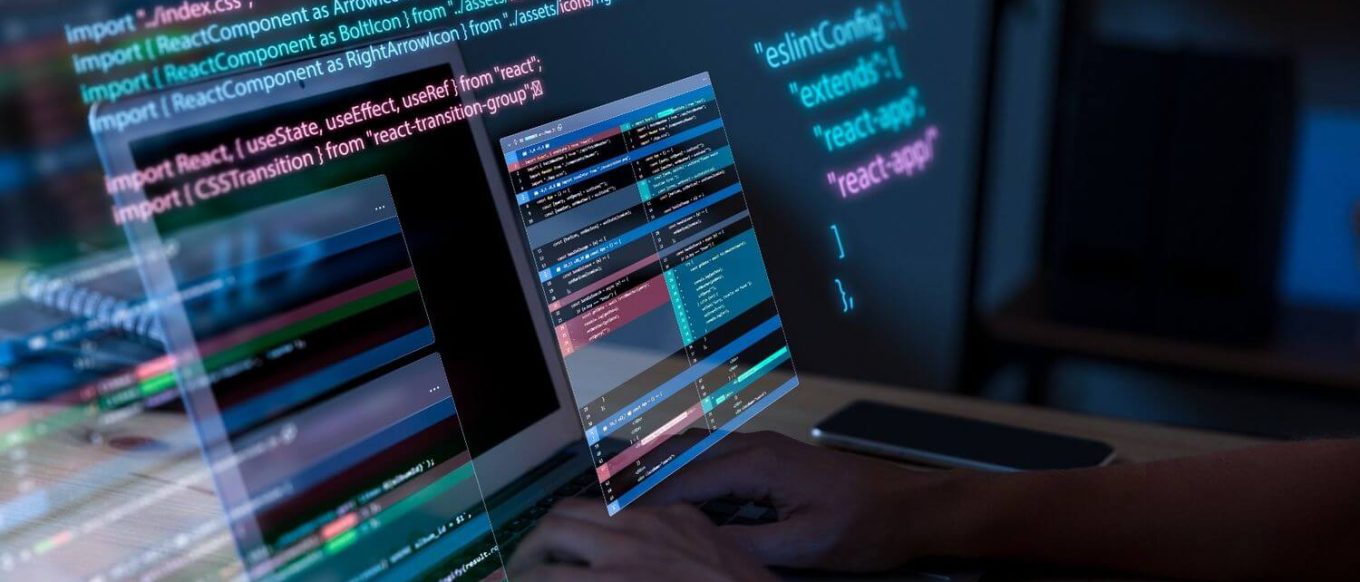Quantum programming empowers developers to harness quantum mechanical phenomena superposition, entanglement, and interference to solve problems intractable for classical computers. Beginners must first understand qubits and quantum gates, then choose an SDK (e.g., Qiskit, Q#, Cirq) and set up a simulator or cloud-based quantum backend. From there, simple circuits like Bell state creation and quantum random number generators build foundational skills.
As learners progress, they explore hallmark algorithms (Deutsch Jozsa, Grover’s, Shor’s), error mitigation techniques, and hybrid quantum-classical workflows. Alongside technical know-how, thriving quantum programmers engage with open-source communities, contribute to SDKs, and stay abreast of hardware advances from superconducting qubits to trapped ions.
By following structured tutorials, best practices for circuit design, and continuous experimentation on real devices, any developer can embark on the quantum frontier.
What Is Quantum Programming?
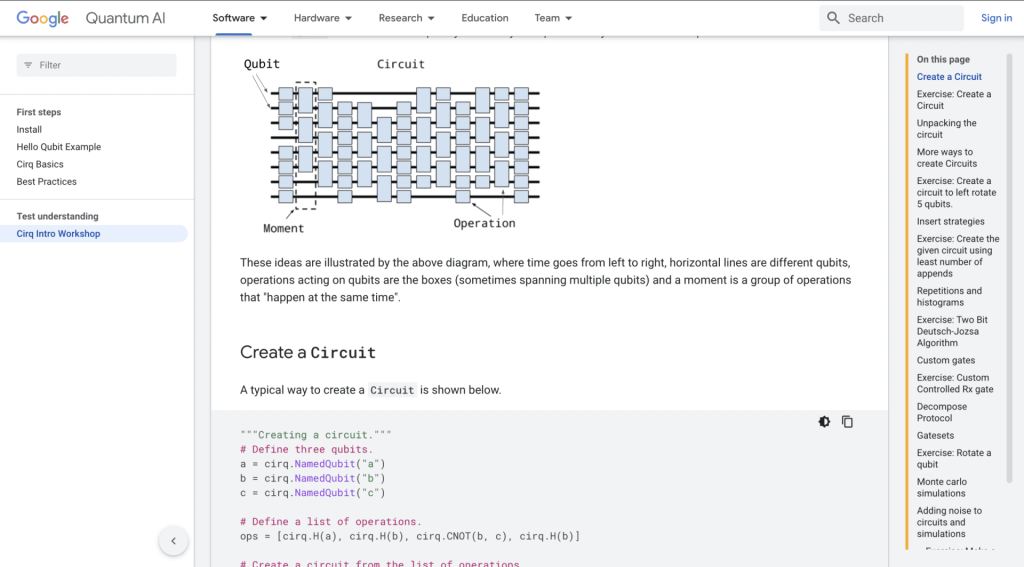
Quantum programming involves writing algorithms that manipulate qubits and quantum bits capable of existing in superpositions via quantum gates, forming circuits that exploit parallelism and entanglement to outperform classical counterparts on specific tasks.
Unlike classical bits, qubits can be in a state α|0⟩ + β|1⟩, where probability amplitudes α and β satisfy |α|² + |β|² = 1, enabling quantum parallelism across 2ⁿ states for an n-qubit system. Measurement collapses the qubit state probabilistically to a classical bit, so quantum algorithms often repeat circuits to estimate amplitude distributions.
Why Learn Quantum Programming?
Quantum computers promise exponential speedups in factoring, searching, and simulating quantum systems, with applications spanning cryptography, drug discovery, and optimization. As hardware scales toward fault tolerance, early expertise in quantum programming will position developers at the vanguard of next-generation computing.
Core Quantum Concepts
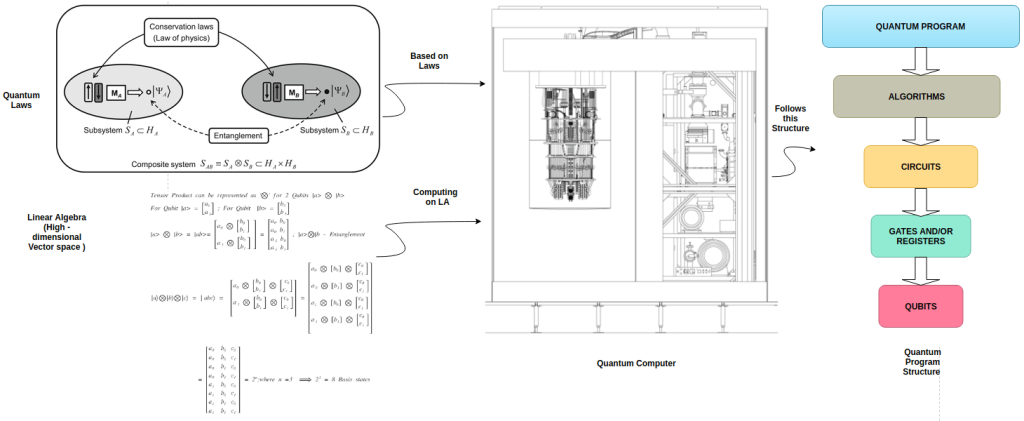
Qubits and Superposition
A qubit’s state α|0⟩ + β|1⟩ encodes two amplitudes simultaneously, with superposition allowing the system to explore multiple computational paths in parallel. Physically, qubits can be realized via superconducting circuits, trapped ions, or photonic systems, each with distinct coherence times and gate fidelities.
Entanglement
Entanglement tightly correlates qubit states: measuring one instantaneously influences its partner, enabling protocols like quantum teleportation and underpinning quantum error correction.
Quantum Gates and Circuits
Quantum gates unitary matrices such as the Hadamard (H), Pauli-X, and controlled-NOT (CNOT) manipulate qubit states. Sequences of gates form quantum circuits analogous to classical logic circuits operating on amplitude vectors.
Measurement and Collapse
Measurement projects qubit states onto computational basis states, collapsing superpositions. Repeated runs (shots) build probability histograms reflecting circuit behavior.
Quantum Programming Frameworks
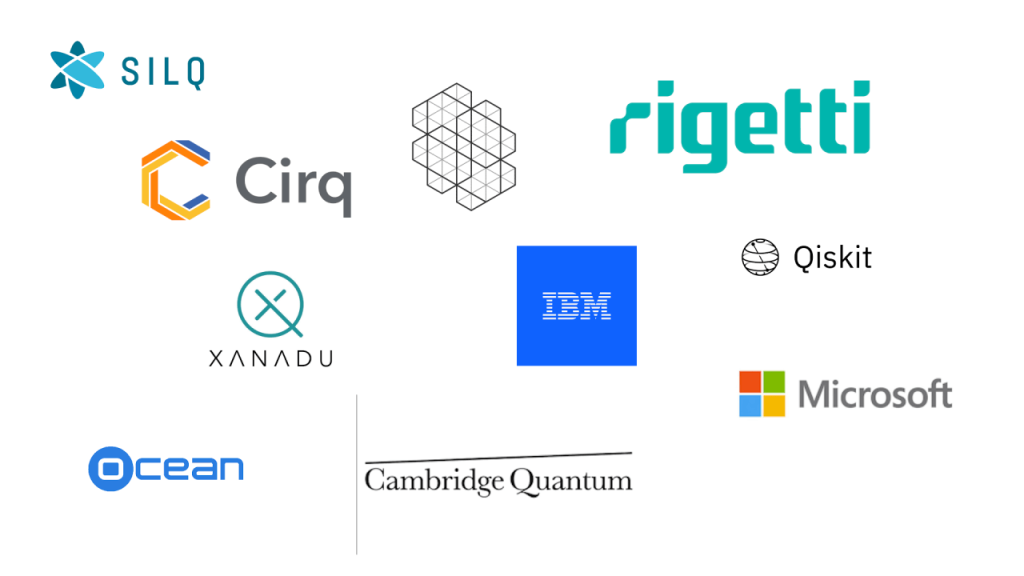
Qiskit (IBM)
Qiskit is IBM’s Python SDK for quantum computing, offering modules for circuit construction (qiskit.circuit), simulation (Aer), and hardware access to IBM Quantum processors via the cloud. The Qiskit Textbook provides interactive Jupyter-based learning resources covering quantum circuits, algorithms, and error mitigation.
Q# (Microsoft)
Microsoft’s Q# is a domain-specific language integrated with .NET and Azure Quantum. Q# programs define operations and functions, with host programs in C# or Python orchestrating quantum and classical logic. The Quantum Development Kit (QDK) includes simulators and resource estimators.
Cirq (Google)
Cirq is a Python library optimized for NISQ devices. It emphasizes hardware-aware circuit construction and decomposition and integrates with Google’s Quantum Engine for execution on Sycamore-class processors.
Setting Up Your Environment
Installing Qiskit
pip install qiskitVerify installation by importing Qiskit’s QuantumCircuit class in Python.
Installing the Quantum Development Kit
dotnet new -i Microsoft.Quantum.ProjectTemplates
dotnet new console -lang Q# -o QuantumDemoUse Visual Studio Code with the QDK extension for IntelliSense, debugging, and circuit visualization
Setting Up Cirq
pip install cirqRun Google’s Cirq basics tutorial on Google Colab or your local Jupyter environment.
Accessing Cloud Hardware
- IBM Quantum: Sign up for a free IBM Quantum account to obtain API tokens and 10 free minutes per month on 100+ qubit QPUs.
- Azure Quantum: Create an Azure Quantum workspace and configure credentials via the Azure CLI.
- Google Quantum Engine: Request access for Cirq via Google Cloud projects and IAM permissions.
First Quantum Programs
Bell State Creation (Python)
from qiskit import QuantumCircuit, Aer, execute
qc = QuantumCircuit(2, 2)
qc.h(0)
qc.cx(0, 1)
qc.measure([0,1], [0,1])
backend = Aer.get_backend('qasm_simulator')
result = execute(qc, backend, shots=1024).result()
print(result.get_counts())
Expected ~50/50 distribution of “00” and “11,” demonstrating entanglement.
Quantum Random Number Generator (Q#)
operation QRandom() : Result {
using (q = Qubit()) {
H(q);
let r = M(q);
Reset(q);
return r;
}
}
This operation yields an unbiased random bit due to the Hadamard-induced superposition.
Cirq “Hello Quantum” (Python)
import cirq
qubits = cirq.LineQubit.range(2)
circuit = cirq.Circuit(cirq.H(qubits[0]), cirq.CNOT(qubits[0], qubits[1]), cirq.measure(*qubits))
simulator = cirq.Simulator()
print(simulator.run(circuit, repetitions=100).histogram())
Produces a histogram showing correlated measurement outcomes.
Key Quantum Algorithms
Deutsch Jozsa Algorithm
A pioneering algorithm demonstrating exponential separation between quantum and deterministic classical queries for constant-balanced function distinction in O(1) quantum queries.
Grover’s Search
Grover’s search offers a quadratic speedup for unstructured queries found in O(√N) versus classical O(N) queries.
Shor’s Factoring
It uses quantum Fourier transform to factor integers in polynomial time, threatening RSA cryptography when scaled.
Best Practices and Pitfalls
- Circuit Depth Minimization: Shallow circuits reduce decoherence errors on NISQ devices.
- Error Mitigation: Techniques like readout calibration and symmetry verification can improve result fidelity without full error correction.
- Resource Estimation: Use QDK’s resource estimator to gauge qubit and gate counts before deploying on hardware.
- Version Control for Q#: Store Q# operations alongside classical host code and use draft pull requests to review quantum logic.
Learning Resources and Community
- IBM Quantum Learning: Interactive courses and challenges on the IBM Quantum platform.
- Microsoft Learn Quantum Fundamentals: Free modules covering Q# and Azure Quantum.
- Quantum Computing Stack Exchange: Q&A on quantum programming and theory.
- GitHub Repositories: Qiskit, Cirq, and QDK sample repos for hands-on exploration.
Industry Outlook
Quantum computing is approaching a ChatGPT moment with major vendors expanding hardware, software, and talent pipelines to meet projected demands of 250,000–840,000 specialists by 2035. As error-corrected devices emerge in the latter half of this decade, quantum algorithms will transition from demonstrations to commercial applications in finance, materials science, and machine learning.
You should be comfortable with linear algebra vectors, matrices, eigenvalues/eigenvectors, and probability theory since qubit states are described by complex amplitude vectors and measurements yield probabilistic outcomes. A basic understanding of complex numbers and familiarity with classical programming (especially Python or C#) will also help ease you into SDKs like Qiskit or Q#.
A qubit is the quantum analog of a classical bit. While a bit is either 0 or 1, a qubit can exist in a superposition α|0⟩+β|1⟩, where |α|² and |β|² give the probabilities of measuring 0 or 1. This superposition property allows an n-qubit system to represent 2ⁿ states simultaneously, enabling quantum parallelism.
Quantum gates are unitary operations (e.g., Hadamard H, Pauli-X, CNOT) that manipulate qubit amplitudes without collapsing the state. Sequences of gates form quantum circuits, analogous to logic circuits in classical computing. For example, applying H to qubit 0 followed by CNOT between qubit 0 and 1 creates an entangled Bell state.
1. Qiskit (IBM): A Python SDK offering circuit construction, simulation via Aer, and hardware access through IBM Quantum Cloud.
2. Q# (Microsoft): A domain-specific language integrated with .NET and Azure Quantum, ideal for hybrid quantum-classical workflows.
3. Cirq (Google): A Python library for NISQ hardware experiments, with integrations to Google’s Quantum Engine.
1. Local simulators: Qiskit and Q# include local simulators for rapid prototyping without hardware queues.
2. Cloud backends:
a. IBM Quantum: Free account grants access to simulators and 100+ qubit QPUs (10 minutes/month).
b. Azure Quantum: Connect via Azure CLI to run Q# programs on Azure-hosted hardware.
c. Google Quantum Engine: Use Cirq and GCP projects with proper IAM permissions.
1. Deutsch Jozsa: Demonstrates exponential quantum speedup in distinguishing constant vs. balanced functions in a single query.
2. Grover’s Search: Provides a quadratic speedup for unstructured search, finding a marked item in O(√N) queries.
3. Shor’s Factoring: Uses quantum Fourier transform to factor large integers in polynomial time, challenging RSA cryptography.
Quantum hardware is prone to decoherence and gate errors. Beginners should apply error mitigation techniques such as readout calibration, symmetry verification, and zero-noise extrapolation to improve result fidelity without full error correction.
Quantum roles include quantum software engineer, algorithm developer, and error correction theorist, with growing demand across industries like finance, pharmaceuticals, and cybersecurity. By 2030, the field is projected to need 250,000–840,000 specialists, prompting vendors and universities to expand training programs.
Conclusion
By mastering quantum programming fundamentals, leveraging open-source SDKs, and engaging with active communities, developers can participate in one of computing’s most transformative frontiers. Continuous learning, experimentation on real hardware, and collaboration will be key to unlocking quantum advantage across industries.
